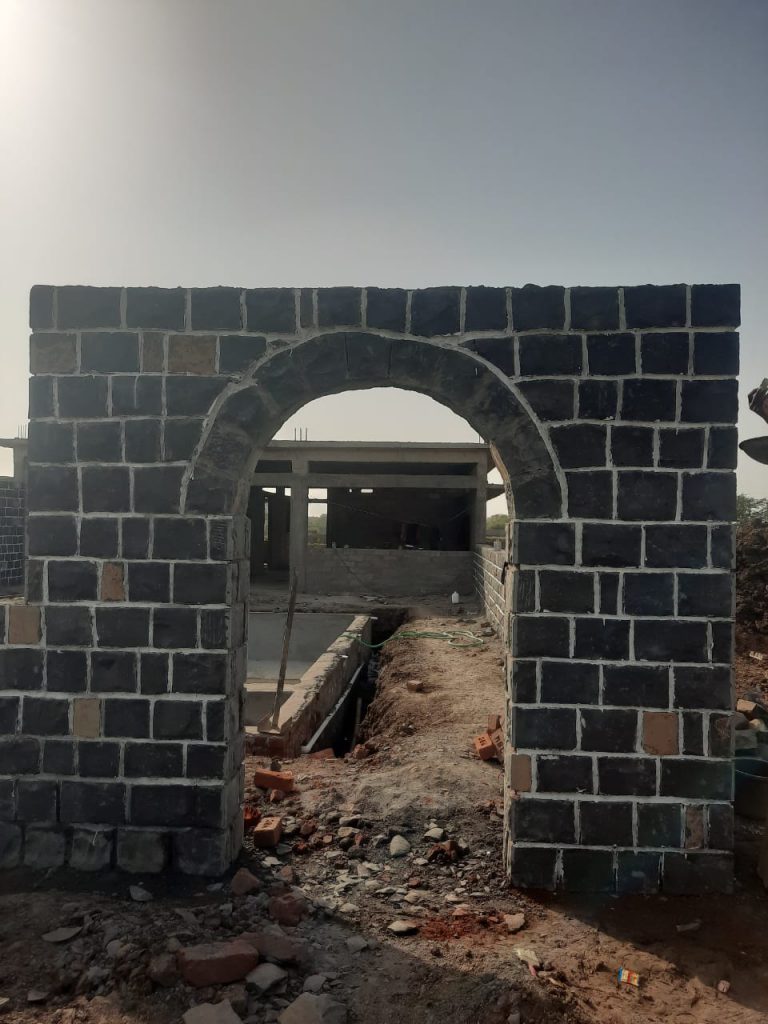Gates
Black stone gates are commonly used in architecture and construction for special reasons.
Gates With Black Stones
Black stone gates offer a range of benefits that make them a popular choice for many architects and builders. They are durable, aesthetically pleasing, secure, low-maintenance, and eco-friendly.

Shivprasad Black Stone Gates Specialty
The specialty of black stone gates lies in their unique combination of durability, aesthetic appeal, security, low maintenance, and eco-friendliness. Black stone, which is typically granite or basalt, is a naturally occurring material that is extremely strong and can withstand harsh weather conditions, making it an ideal material for outdoor structures like gates.
In addition to its durability, black stone also has a distinctive and elegant appearance that can add beauty and sophistication to any building or property. The stone can be polished and carved to create intricate designs, patterns, and textures, allowing for a wide range of creative options in gate design.
Black stone gates are also highly secure, providing excellent protection for buildings and properties. They can be designed with features such as locks, alarms, and surveillance cameras, making them an effective deterrent against intruders.
Another advantage of black stone gates is that they require very little maintenance, which can save time and money in the long run. Unlike other materials, black stone gates do not need to be repainted or refinished, and they can be easily cleaned with soap and water.
Finally, black stone is an eco-friendly and sustainable material that can be recycled and repurposed after its initial use. This makes black stone gates an environmentally responsible choice for architects and builders who are looking for sustainable building solutions.
Overall, the specialty of black stone gates lies in their ability to combine strength, beauty, security, low maintenance, and eco-friendliness, making them a popular choice for a wide range of building projects.
In Shivprasad stone masonry, natural stone is carefully selected and shaped to fit together perfectly, without the use of mortar or other binding agents. The stones are cut and carved using hand tools, such as chisels and hammers, and then placed in position with great precision.

